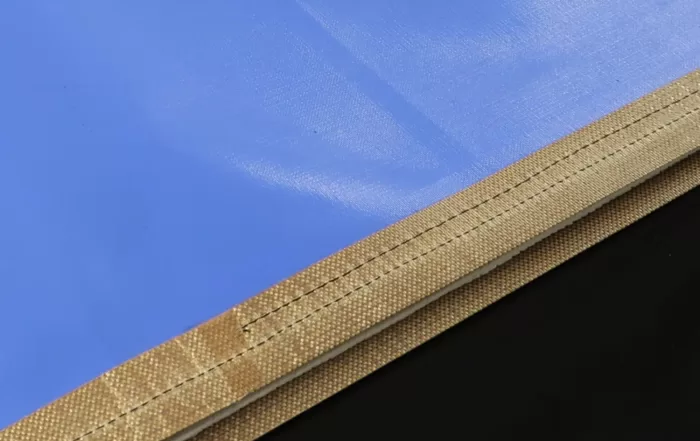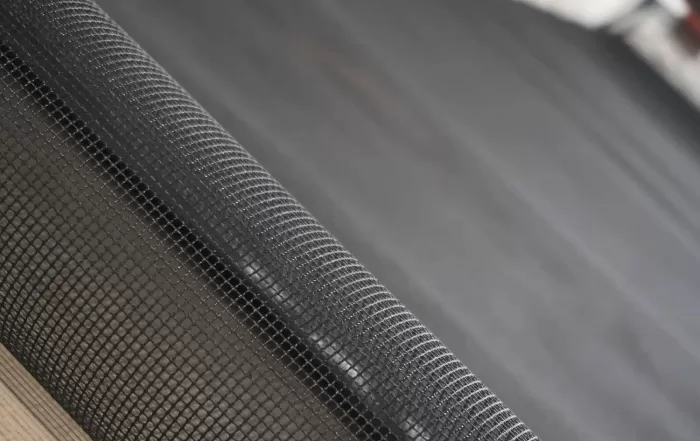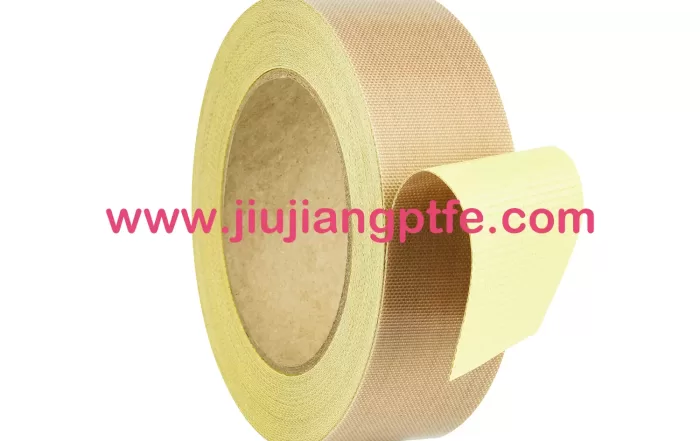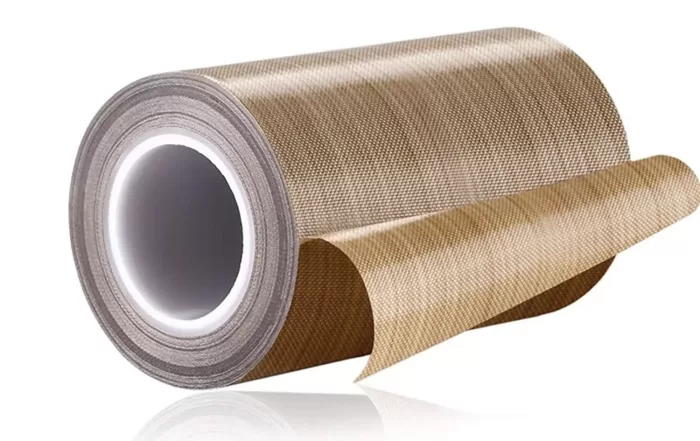Reasons for aging of PTFE (Teflon) tape
There are several reasons for aging of PTFE (Teflon) tape
Ultraviolet rays have a high destructive effect on PTFE (Teflon). In addition to ultraviolet rays directly causing the fracture and cross-linking of PTFE (Teflon) molecular chains, PTFE (Teflon) generates free radicals due to absorption of light energy, which initiates and accelerates the oxidation chain reaction process. Ultraviolet light plays a role in heating. Another feature of light action (different from heat) is mainly in the surface. For samples with high gel content, there will be reticular cracks on both sides, the called “outer light crack”.
Under the repeated action of the mechanical stress of the PTFE (Teflon) tape and the frictional process with the idler, the PTFE (Teflon) molecular chain will be broken to form a free radical, which will initiate the oxidative chain reaction and form a force chemical process. For mechanically broken molecular chains and mechanically activated oxidation processes, which one can prevail depends on the conditions. In addition, it is easy to cause ozone cracking under the action of stress.
Higher temperatures can cause thermal cracking or thermal cross linking of PTFE (Teflon). But the basic role of heat is activation. Increasing the rate of oxygen diffusion and activating the oxidation reaction accelerates the oxidation rate of PTFE (Teflon), which is a aging phenomenon.




